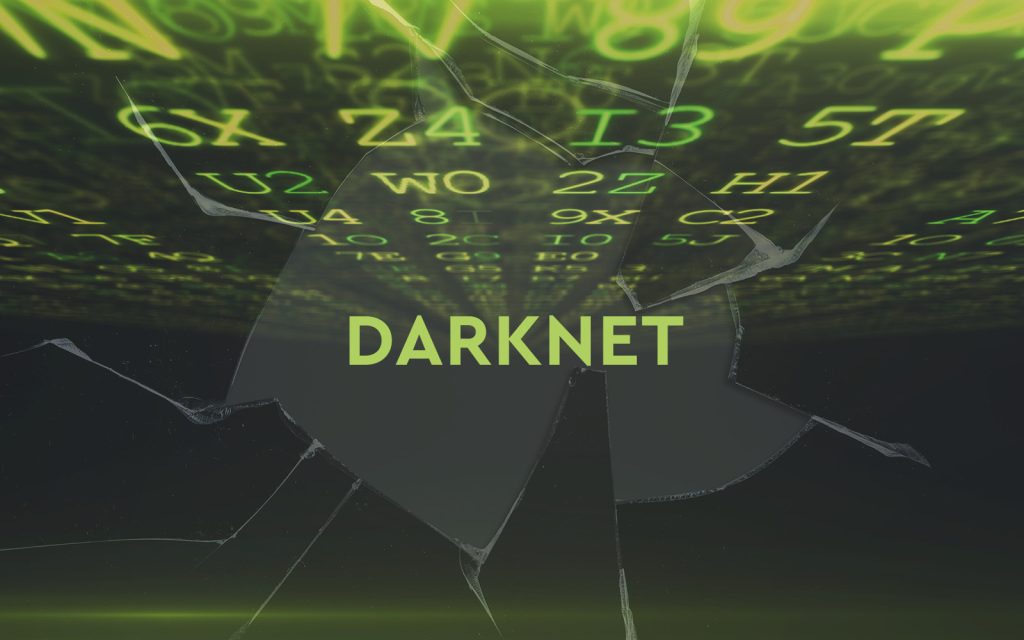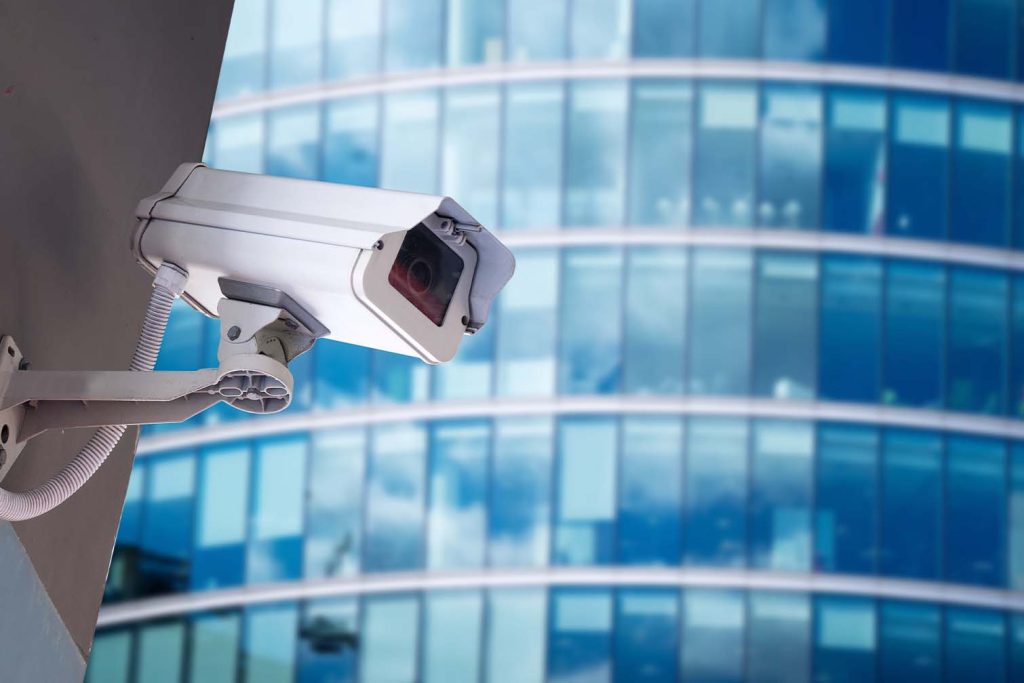New Reports Reveal Emerging Cyber Threats Originating From The Nexus Darknet
Recent cybersecurity research has uncovered a growing spectrum of threats emerging from the Nexus Darknet, signalling urgent concerns for organizations and individuals worldwide. These developments highlight the evolving tactics of cybercriminals and the need for proactive security measures.
Rising Threat Landscape
Cybersecurity experts emphasize that the Nexus Darknet is increasingly becoming a hub for sophisticated cybercriminal activity. New patterns indicate:
- Advanced malware campaigns targeting both personal and corporate networks.
- Phishing schemes designed to exploit unsuspecting users via email and messaging platforms.
- Data exfiltration operations where sensitive corporate and personal information is traded illegally.
- Emergence of ransomware variants with higher sophistication and targeted attacks.
These threats demonstrate the growing capabilities of darknet actors to evade traditional security defenses, making early detection crucial.
Key Findings From Recent Reports

The latest investigations reveal several critical insights:
- Cross-border coordination: Cybercriminal networks are operating globally, sharing tools, knowledge, and targets.
- Increased automation: Many darknet operations now use automated scripts and bots, amplifying attack frequency.
- Monetization strategies: Threat actors are increasingly leveraging cryptocurrencies and digital marketplaces for illicit transactions.
- Focus on high-value targets: Financial institutions, healthcare providers, and tech firms are among the most targeted sectors.
These trends reflect a shift from opportunistic attacks to highly strategic, profit-driven operations. Analysts reference the Nexus darknet when studying patterns of anonymous communication and the challenges it presents for digital investigation and law enforcement monitoring.
Implications for Businesses and Individuals
The emerging threats from the Nexus Darknet have significant consequences:
- Financial losses: Companies face potential revenue damage due to ransomware and fraud schemes.
- Reputational damage: Data breaches can erode trust and stakeholder confidence.
- Regulatory scrutiny: Organizations failing to implement adequate cybersecurity measures risk penalties under global regulations.
- Operational disruption: Critical systems can be compromised, affecting service continuity and productivity.
Proactive cybersecurity strategies, including threat monitoring, employee education, and incident response planning, are essential to mitigate these risks.
Strategies for Mitigation
Experts recommend a multi-layered approach to defend against Nexus Darknet threats:
- Regular security audits: Continuous system assessments to identify vulnerabilities.
- Advanced threat detection tools: Deploy AI-driven solutions to monitor anomalous network activity.
- Cyber hygiene training: Educate employees on phishing, social engineering, and safe digital practices.
- Collaboration with global cybersecurity networks: Sharing threat intelligence to anticipate and prevent attacks.
By adopting these measures, organizations can enhance resilience against evolving darknet threats and protect critical assets.
Looking Ahead
The Nexus Darknet is expected to continue evolving as cybercriminals innovate and exploit emerging technologies. Ongoing vigilance, investment in advanced security solutions, and international collaboration are key to staying ahead of these threats.
The latest reports serve as a wake-up call: cybersecurity must remain adaptive, proactive, and informed by the latest intelligence. Addressing the challenges posed by the Nexus Darknet is no longer optional—it is a necessity for maintaining digital safety in an increasingly connected world.






